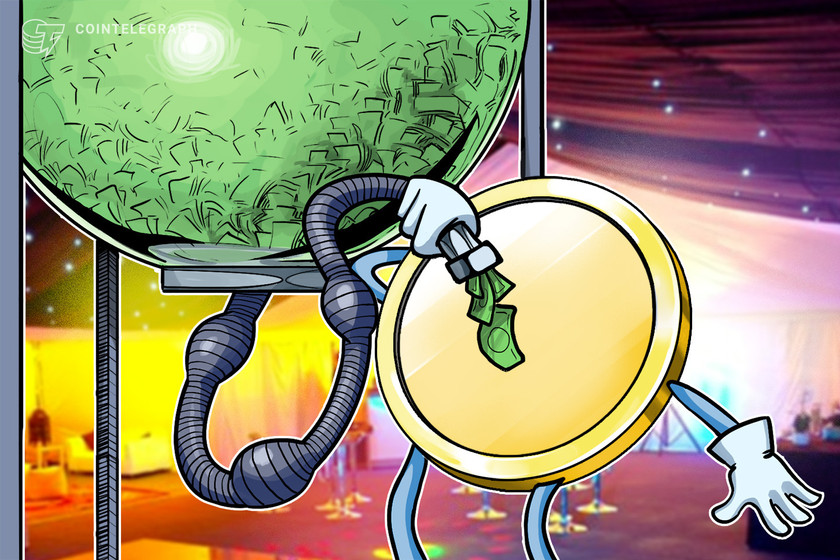Beware of Bing AI chat and ChatGPT pump-and-dump tokens — Watch The Market Report live


On this week’s episode of The Market Report, Cointelegraph’s resident experts discuss ChatGPT pump-and-dump tokens and why you should be cautious.
This week on The Market Report, the resident experts at Cointelegraph discuss dozens of pump-and-dump tokens purporting to be related to ChatGPT and Bing AI chat.
We will be doing things a little differently this week since our handsome and charming host, Joe Hall, will be somewhere over the Atlantic during the livestream and will not be able to join us. Not to worry, though, as our resident experts Marcel Pechman and Sam Bourgi are here, as always, to break down the latest news in the markets.
Bitcoin bulls ignore recent regulatory FUD by aiming to flip $25K to support
The New York State Department of Financial Services ordered Paxos to “cease minting” the Paxos-issued Binance USD (BUSD) dollar-pegged stablecoin. On Feb. 16, a bank account controlled by Binance.US moved over $400 million to the trading firm Merit Peak, which is supposedly an independent entity also controlled by Binance CEO Changpeng Zhao. This and other bad news in the crypto market have not seemed to deter Bitcoin (BTC) from gaining 15% since Feb. 13. In fact, both retail and pro traders are showing signs of confidence. We explain why that is the case and why the odds favor a continuation of the current rally.
BingChatGPT ‘pump-and-dump’ tokens emerging by the dozen: PeckShield
Blockchain security firm PeckShield has raised the alarm after finding dozens of tokens purporting to be related to artificial intelligence (AI) powered chatbot ChatGPT. Some of these tokens have already lost most of their value, if not all, in what is often referred to as a “pump-and-dump” scheme or a “rug pull.” A pump-and-dump scheme typically involves the creators orchestrating a campaign of misleading statements and hype to persuade investors into purchasing tokens, then secretly selling their stake in the scheme when prices go up. You might think it interesting to check out a token supposedly related to the recent hype involving Bing AI chat and ChatGPT, but we’re here to tell you to be cautious when getting financially involved with any of them. We also explain some basic ways you can keep yourself safe from such scams.
Bitcoin active addresses ‘concern’ analyst despite 50% BTC price gains
Bitcoin still lacks the on-chain volume and active address increases that characterize bull markets, research warns. In a frank appraisal of the 2023 BTC price rebound, on-chain analytics platform CryptoQuant warned that Bitcoin might be weaker than it seems. Many analysts seem to be very suspicious about the recent bullish trend in the market, and we’re here to explain why.
Our experts cover these and other developing stories, so make sure you tune in to stay up-to-date on the latest in the world of crypto.
Do you have a question about a coin or topic not covered here? Don’t worry — join the YouTube chat room and write your questions there. The person with the most interesting comment or question will have a chance to win a one-month subscription to Markets Pro worth $100.
The Market Report streams live every Tuesday at 12:00 pm ET (5:00 pm UTC), so be sure to head on over to the Cointelegraph Markets & Research YouTube page and smash those Like and Subscribe buttons for all our future videos and updates.






















